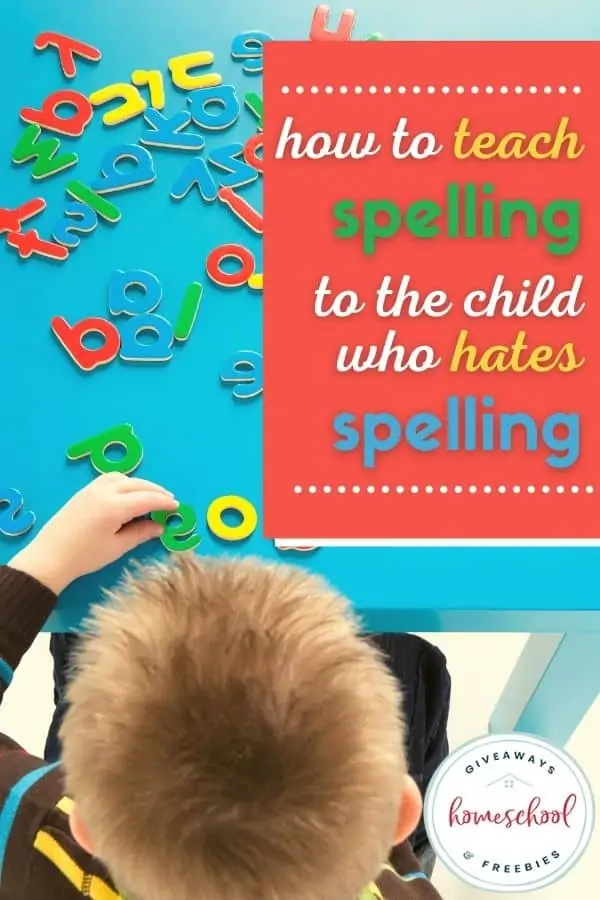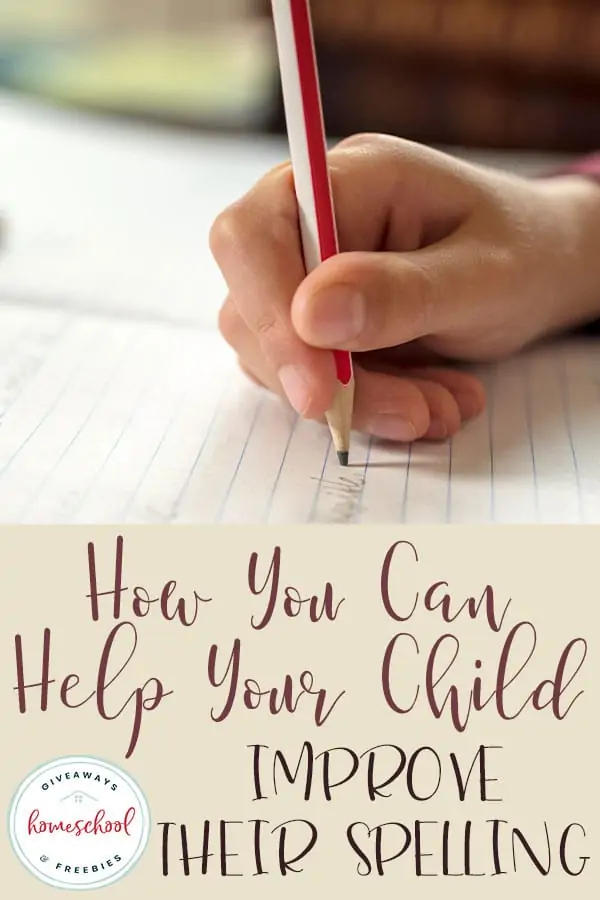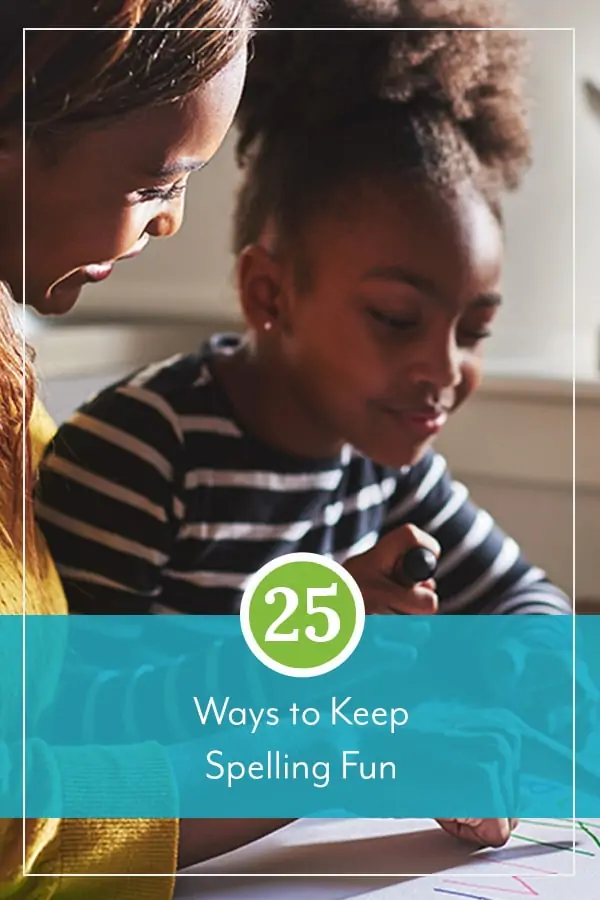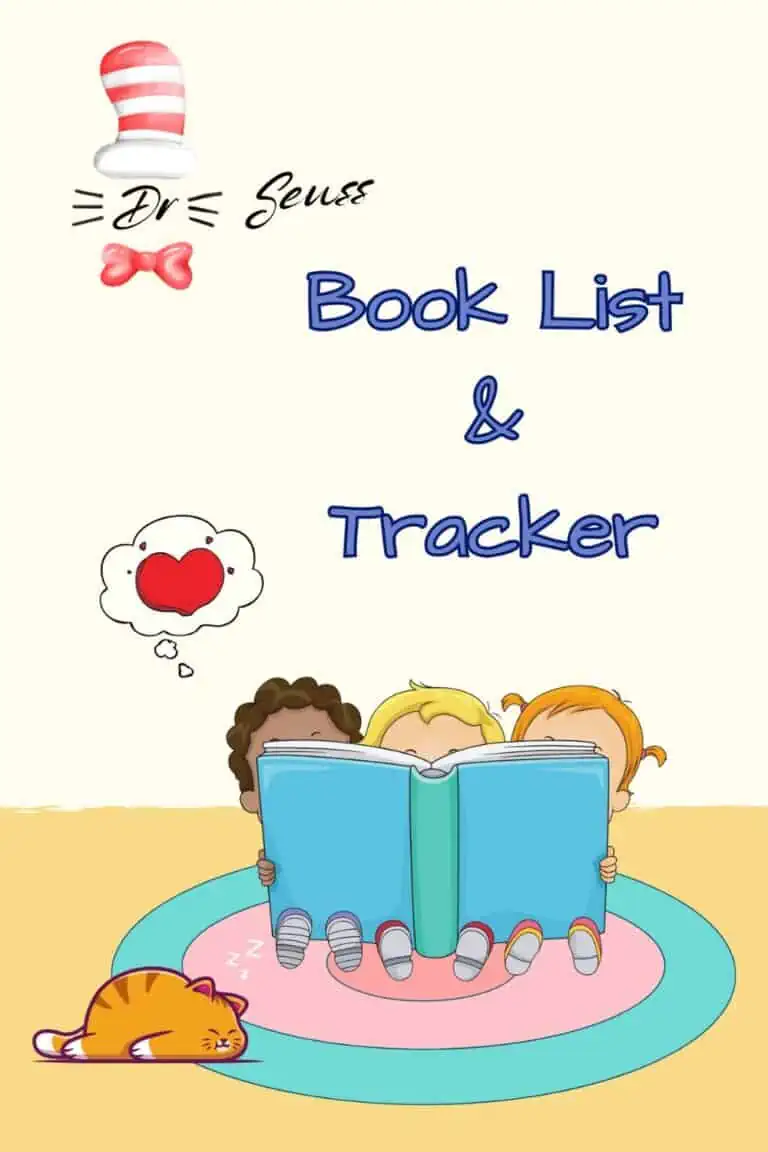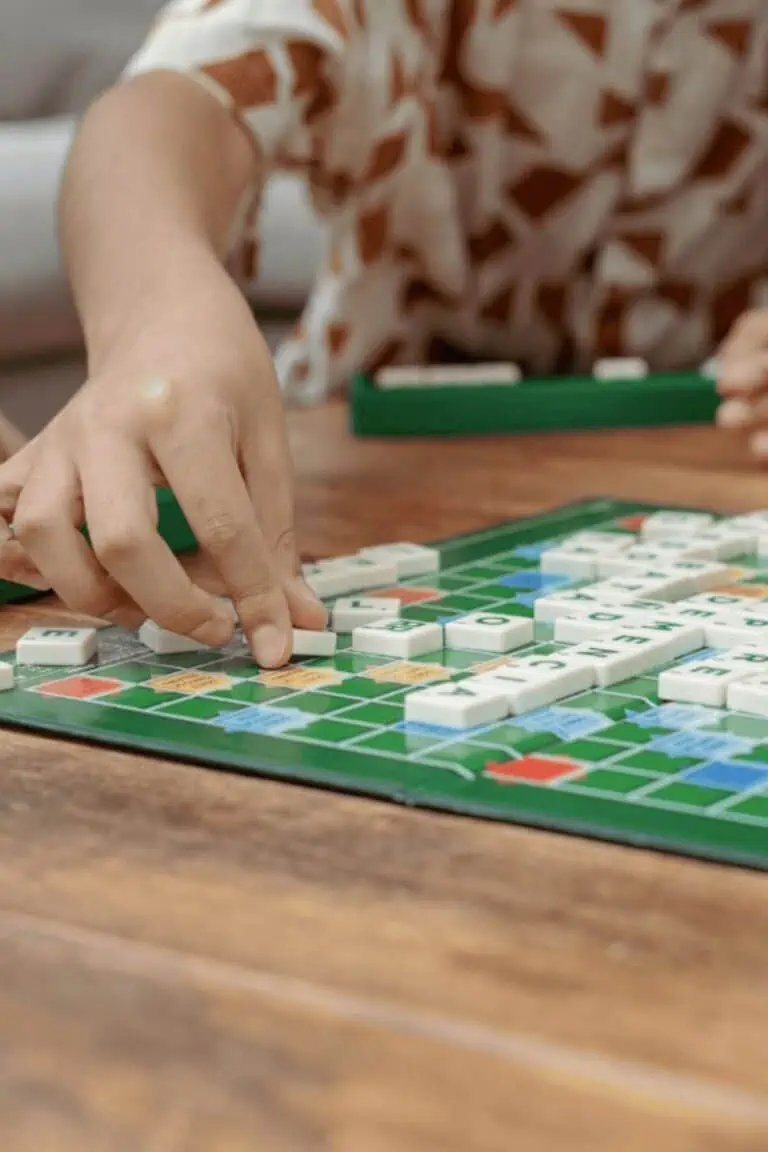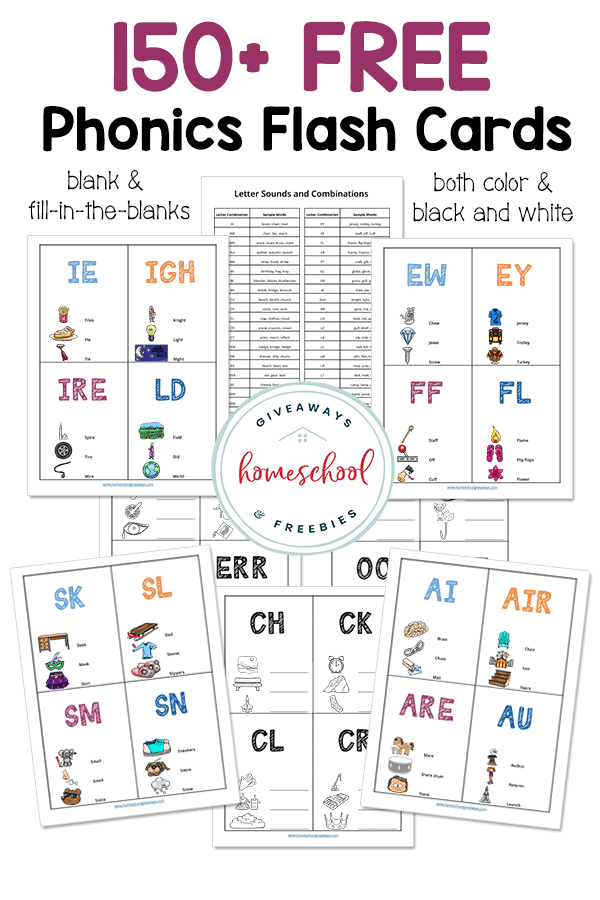How to Teach Spelling to the Child Who Hates Spelling
Published:
October 26, 2020
Contributor:
Jeannette Tuionetoa
Disclosure: This post may contain affiliate links, meaning if you decide to make a purchase via my links, I may earn a commission at no additional cost to you. See my disclosure for more info.
Teaching spelling to the child who hates spelling might not be the easiest thing to do. After all, why do we need spelling when we have spell-check? Right?
[series_meta]
Here are a couple of reasons why we still need to learn all about spelling:
Sin. Yes, we do need to learn about sin because it keeps us away from God. However, that is not the sin I am talking about.
Sin as in “She walk sin the room.” Sin as in “She sleep sin the bed.”
This is the sin-FUL mistake I make when I depend on spell-check vice proofreading. I say this to say that spell-check doesn’t fix every grammar error or spelling problem.
A spelling mistake is a complete distraction from the idea that you are trying to get across. You can write a scholarly paper or develop an intriguing article, yet one spelling mistake can discredit you. Isn’t it sad?
Explaining to our children (the older ones especially) this truth is critical when teaching them the importance of spelling.
In addition to the knowledge that spell-checks aren’t foolproof, we should encourage it because it improves communication, enhances literacy, and it directly impacts opportunities for future employment.
Your child may very well hate spelling. Who blames them? I have lived in many different countries and English is pretty hard to learn. Some of the spelling and pronunciations just “are.”
Between the silent “e”, the “t” sounding like “c” in words like conscientious, or “i” before “e” except after “c”. I mean really, can we blame our kids for being a little less than excited when trying to tackle spelling?
Let’s cut them a little slack and teach them in ways that would make it less grueling. Here are some ways we can try to improve our kid’s spelling skills while hating it less:
How You Can Help Your Child Improve Their Spelling
I have mentioned this before but my son had to turn the clock back to basics in a few of his subjects. When I actually started paying attention to his writing, it was troubling.
He literally sounded out what he heard, which isn’t bad – If only he didn’t leave letters out. We just had to from the beginning; it was tough.
Ways you can teach spelling to the child who hates spelling:
Don’t be afraid to go back to basics
If you find your child keeps making the same mistakes over and over, just go back to the basics. Re-teach a few skills that will help them.
When I first started teaching, I found that my son had trouble distinguishing between the “o” and “a” sounds in words. He also confused b’s or d’s and vice versa.
Instead of getting completely frustrated and feeling like a failure, just go back. Take your time and re-teach.
Keep it simple
In school we had a long list of spelling words, we had a test every Friday. The practice cycle was the same; write each word three times each, write three sentences, and the define the spelling words.
We can take a step back and remember just because it has always been done a certain way, doesn’t mean it has to be that way. We can change things up, make it fun, but most of all keep it simple.
Integrate into other lessons
Use vocabulary to spell with lessons that you are doing already in other subjects. For instance, are you in geometry? How about have a few words of the week dealing with geometry like intersecting, segments, parallel, symmetry, and words like that?
Integrate Writing into your Content | Teaching in the Fast Lane
Adjust to their learning style
Giving weekly spelling lists may not always be the best to do week after week.
Change things up. Kinesthetic learners can use the computer for spelling sometimes. Visual-spatial learners can draw the letters of a word or paint them.
Read more about this below:
Learning Styles Writing Tips for Boys | Brain Power Boy
Learning Styles and Spelling Ideas | Everyday Asperger’s
Use hands-on spelling activities
Use activities so that kids make connections with what they do to what they are learning.
35 Hands-On Spelling Activities to Use With Any Word List | Child101
50 Hands-On Spelling Activities for Phonics and Sight Words | This Reading Mama
18 Tactile Spelling Activities – My Joy-Filled Life | My Joy-Filled Life
Use games
Kids learn well when they are having fun. Spelling is no different. Here are few games the kids can play to review, practice, or work through their spelling words:
Play Hangman
Hangman can be used with a copy of the spelling list, and have it. Get kids thinking about which letters can go where.
Play the “Add-A-Letter” Game
This game is a fun way to interact with your child. One of you starts writing the spelling word on the paper by writing one letter. The next one adds the next letter.
Play Spelling Word Memory
There are a couple of ways to do this. You can make two sets of flashcards with the spelling words or you make one set with the words and one with the definition. Now play your memory game.
Since 2003, this paragraph has been circulated around the internet:
Aoccdrnig to rscheearch by the Lngiusiitc Dptanmeret at Cmabrigde Uinervtisy, it deosn’t mttaer in waht oredr the ltteers in a wrod are, the olny iprmoetnt tihng is taht the frist and lsat ltteer be at the rghit pclae. The rset can be a total mses and you can sitll raed it wouthit porbelm. Tihs is bcuseae the huamn mnid deos not raed ervey lteter by istlef, but the wrod as a wlohe.
Translation: According to research by the Linguistic Department at Cambridge University, it doesn’t matter in what order the letters in a word are, the only important thing is that the first and last letter be at the right place. The rest can be a total mess and you can still read it without a problem. This is because the human mind does not read every letter by itself, but the word as a whole.
Some people originally used the paragraph to diminish the need for good spelling in education, but the truth came out later. ONLY fluent readers were easily able to translate the first paragraph. Without knowing the sounds of letters and their spelling, a brain cannot decipher the words.
Spelling is important and finding ways for our students to build their knowledge base in spelling allows for improved communication. Here are a few ways to help:
We can make spelling fun, explain why it’s important that our students learn to spell well and create an environment where kids are encouraged to find satisfaction in spelling well. They may act like they hate it now, but they will thank you later.

